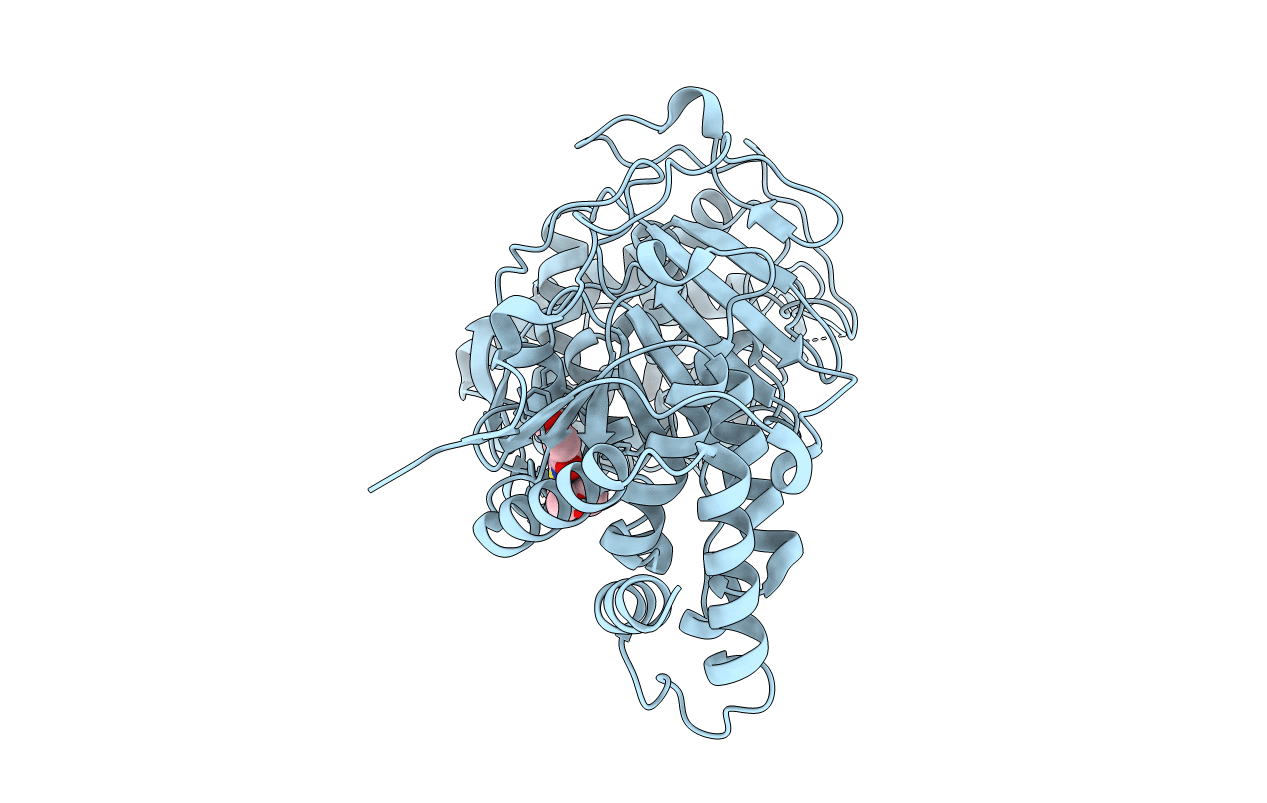
Deposition Date
2019-03-15
Release Date
2019-12-25
Last Version Date
2024-03-13
Entry Detail
PDB ID:
6OA1
Keywords:
Title:
Structure of human PARG complexed with JA2120
Biological Source:
Source Organism:
Homo sapiens (Taxon ID: 9606)
Host Organism:
Method Details:
Experimental Method:
Resolution:
1.80 Å
R-Value Free:
0.19
R-Value Work:
0.16
R-Value Observed:
0.16
Space Group:
P 1 21 1


